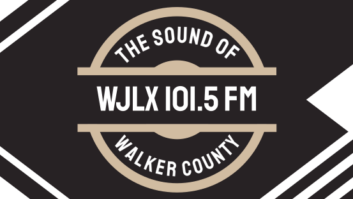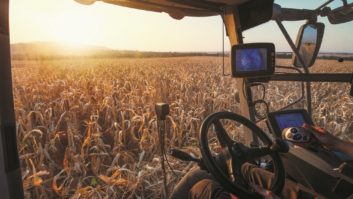
“We don’t need to do that on the radio anymore.”
The first time I encountered this syndrome, it involved the airing of school closings during snow storms. We were in the relatively early days of radio websites, and we had become adept at the technical and logistical skills of putting a list of school closings on the sites of our cluster. Looking to keep with the times, the morning show talents — followed by program directors — agreed: The school closing information belonged on our websites, not on the air.
They opined that the public at large was going to look on the Web anyway to find school closings; and that this offered us a greater opportunity to play more music or to offer other content listeners would find more enjoyable.
This all sounded logical.
Naive
What I did not realize 10 years ago is that this approach is naive at best and potentially dangerous to the future of local broadcast radio.
By saying, “We’ll put that stuff on the Web so we don’t have to put it on the air,” we actually are proving to our listeners that we don’t understand our role as a source of localism.
Without realizing it, many PDs — especially at music stations — now have developed a pattern of using the Web, social media and mobile to push information that was once the bread and butter of radio.
I was reminded of this last week when I heard a station do a promo pushing listeners to their website to see real-time traffic during afternoon drive.

Many broadcasters, like these, make school closings part of their online offerings. Mark Lapidus writes that, for most stations, such information need to be on both the air and the Web.
In the time they took to air the promotional announcement, the station could have broadcast a brief traffic report.
Using the example of closings and delays, we may not choose to go 20 schools deep, because the number of interested parties decreases. However, most areas have four or five large county school systems that cover the bulk of the population. We can mention those each time we do the closings, rotating the smaller systems as desired. Or, if you really want to own the position, be unconventional during this “we’ve got what you need locally” feature and efficiently do the entire list.
Timely information such as school closings — for most stations — really does need to be both on the air and on the Web. Because so much of radio listening occurs in-car, there will always be people who need local info while they keep their eyes the road. What with all the foolish texting-while-driving these days, it wouldn’t surprise me a bit to see someone dancing around on his iPhone looking for school closings while moving through rush-hour traffic.
It’s all of it
I am by no means suggesting that information staples like school closings, traffic, weather, news and sports shouldn’t appear on our websites or that we shouldn’t promote them.
As I’ve said before, we certainly need to compete effectively online as well. But we tend to forget that we are in a great position to serve consumers whether they’re looking or listening. These media are not mutually exclusive and can be quite complementary when orchestrated properly.
Here’s another one. Listen carefully as you drive the country and you’ll hear DJs advising listeners to send in song requests, stories and comments via Facebook, e-mail, websites and text.
I’m all for it. But I’m also for continuing to push the studio request line regularly because it gives us something we desperately need more of: listeners’ voices on our radio stations.
It’s fine to hear on-air personalities reading comments received via social media, but let’s remember to connect with real voices that can bring emotion into the audio picture we must constantly strive to construct.
If I haven’t yet convinced you to consider this proposition of rededicating radio to be a source of local voices and information, I suggest you examine competition like Pandora, Slacker, Sirius/XM and the hundreds of commercial-free streaming stations.
What do they have in common? They all play tons of non-stop music. What are they missing? The ability to deliver local personality, local entertainment, local news and local information.
Do a daily monitoring of your real on-air content (with a local voice) vs. the time you use to promote websites, mobile and social media. Make sure that your local on-air content wins by a considerable measurement.
In doing so, you’ll be creating a more compelling product and helping the industry as a whole retain the largest mass audience in the United States.
The author is president of Lapidus Media. Contact him via e-mail to [email protected].











